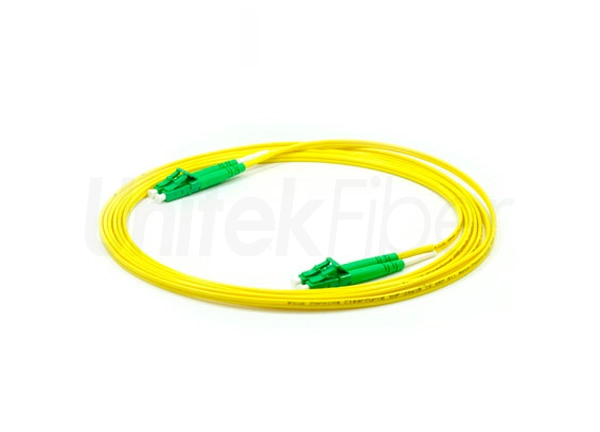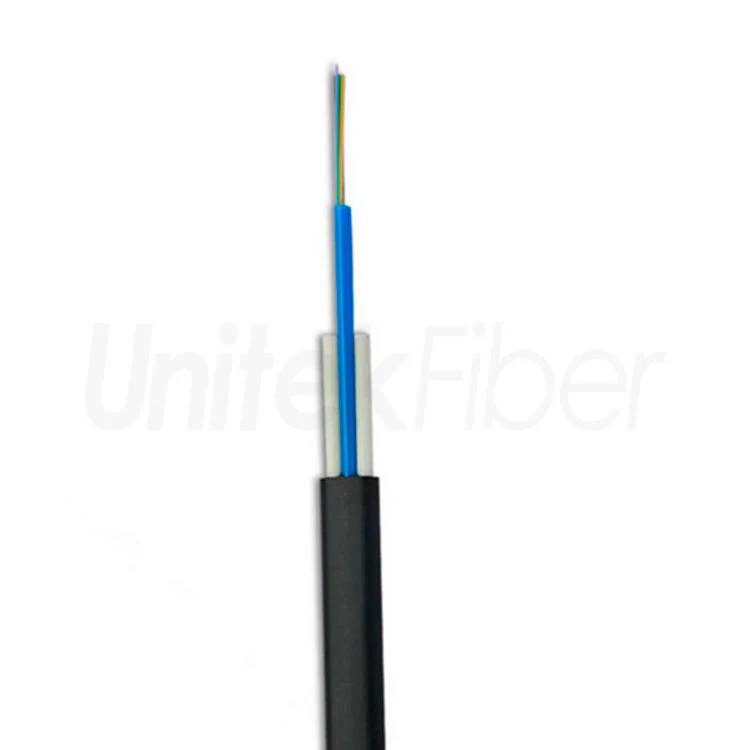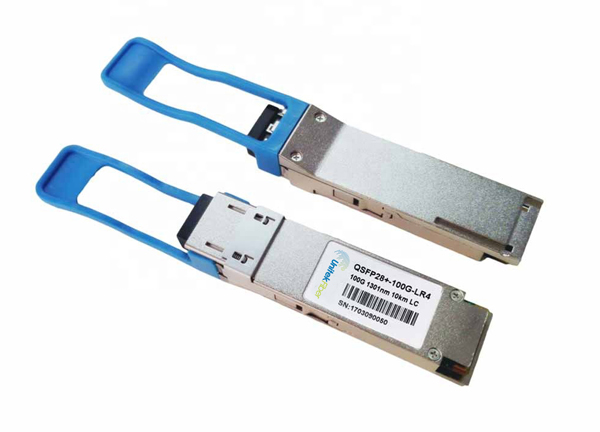
Due to the special environment of indoor applications, indoor optical fiber cables must meet the requirements of international standards for toxicity, corrosivity and low smoke while maintaining very good flame retardancy, mechanical properties and optical transmission characteristics. The rise of optical fiber cables between floors in vertical systems, narrow space applications of communication cabinets in horizontal systems, fiber-to-desktop applications, and communication applications passing through high-pressure air-filled spaces all place different requirements on indoor optical fiber cables. How to choose the right fiber optic cable to meet the needs of different indoor applications?
Indoor Optical Cable Should Shoose Tight-buffered Optical Fiber
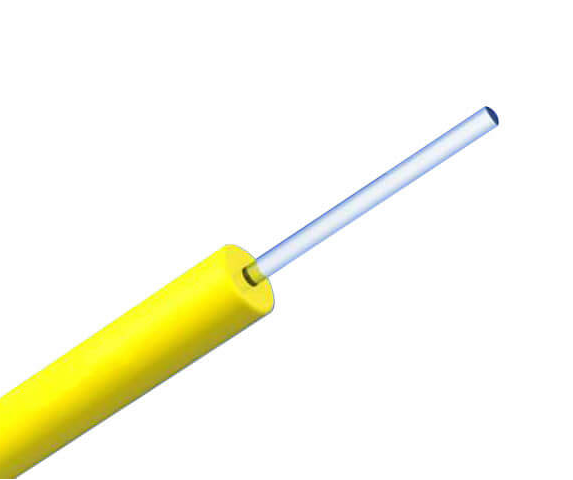
At present, the indoor optical fiber cables use tight-buffered optical fibers or single-core cables as basic units, reinforced by aramid yarns, and soft optical fiber cables with flame-retardant or non-flammable sheaths.
The tight-buffered fiber is combined with the fiber to provide good mechanical protection, so that the fiber exhibits good compression and bending resistance when it is terminated. The tight-buffered optical fiber is easy to manage and protect, which improves the service life of the optical fiber. Tight-buffered fiber has good moisture resistance. And the tight buffer layer is easily stripped to the fiber core. The tight-buffered fiber is compatible with all standard connectors. The operation simplifies the termination procedure and reduces the termination cost.
Compared with the loose tube fiber cable design, the loose tube fiber cable uses jell to buffer and moisture-proof the optical fiber, while the jell does not have fire resistance. This is far from meeting indoor fire safety requirements. Moreover, the flame spreads along the optical fiber cable, so that the damage of the optical fiber cable extends to the depth of the wall and deep into the pipe. During installation, a lot of cleaning materials are needed and a lot of cleaning time is spent on jell. At the same time, it is necessary to use splicing means, which greatly increases the cost of materials. The tight-buffered optical fiber design and flame-retardant or non-flammable sheath of the indoor optical cable make the indoor optical cable fully meet the requirements of indoor safety applications.
The outer protective materials used for indoor optical cables include PE, PVC, polyurethane, LSZH(low-smoke halogen-free) materials, flame-retardant LSZH, etc. Indoor optical fiber cables with different outer protective materials can be used in environments with different requirements. Therefore, indoor high-performance communication transmission applications generally adopt indoor optical fiber cables designed with tight-buffered optical fibers.
Application and Selection of Indoor Optical Cable
Vertical lifting fiber cable (Riser)
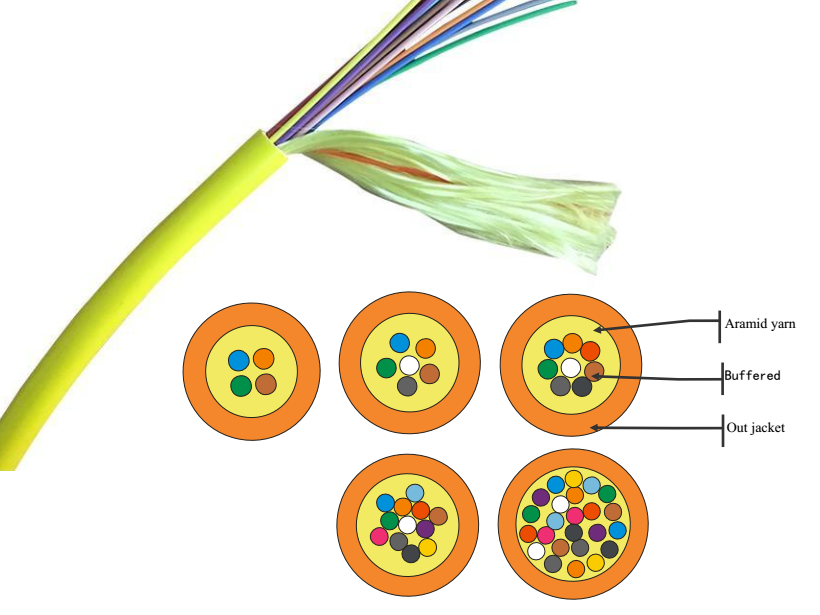
After the optical fiber cable enters the building, it is necessary to provide the connection between the entrance equipment, equipment room or computer room and the communication cabinets on different floors, which is called "vertical wiring system". At this time, the wiring optical fiber cables are mostly located in the riser in the vertical shaft between the floors. For this reason, the optical cable needs to withstand greater tensile force (maximum self-weight).
Single-core, dual-core interconnection indoor optical cable (Interconnectcable)
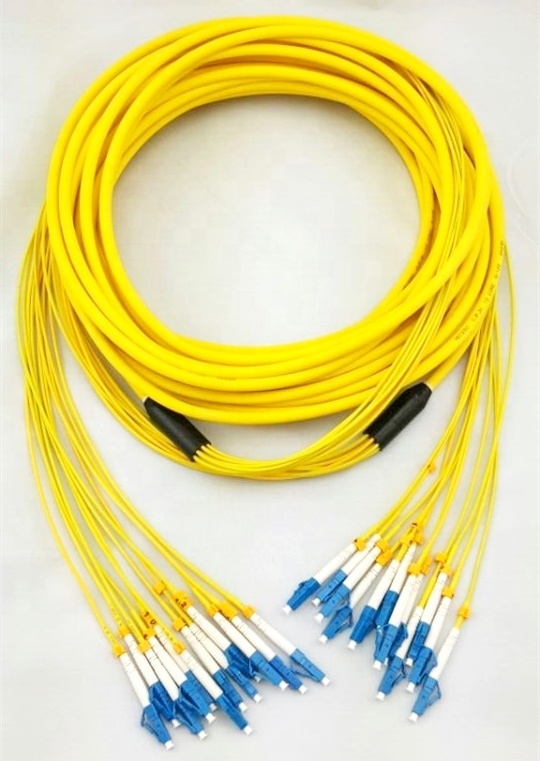
Tight buffer single core, tight buffer figure 8 2cores, tight buffer 2-core to 24-core circular structure indoor optical cable due to the use of a tight buffer structure with very good flexibility and high load-bearing aramid yarn around the tight sleeve fiber. The optical cable has small structure size, good flexibility, can withstand a small bending radius, and has no inventory traces. Indoor fiber optic cables are ideal for interconnecting fiber optic cables for applications such as fiber to workstation, plug-in wiring, fiber optic pigtails, jumpers in communication cabinets, communication cabinet to indoor wall outlets, and outlets to transceiver applications. They are directly equipped with standard connectors, which play the role of interconnection between optical end equipment and backbone (vertical) optical cables in communication cabinets, optical distribution boxes, protective optical fiber boxes, and equipment boxes. This type of optical fiber cable is convenient and easy to install in a limited space, and becomes an ideal network fiber cable solution for wiring in a limited space and plugging in a flexible cord in a building.
Optical cable for inflatable environment (Plenum)
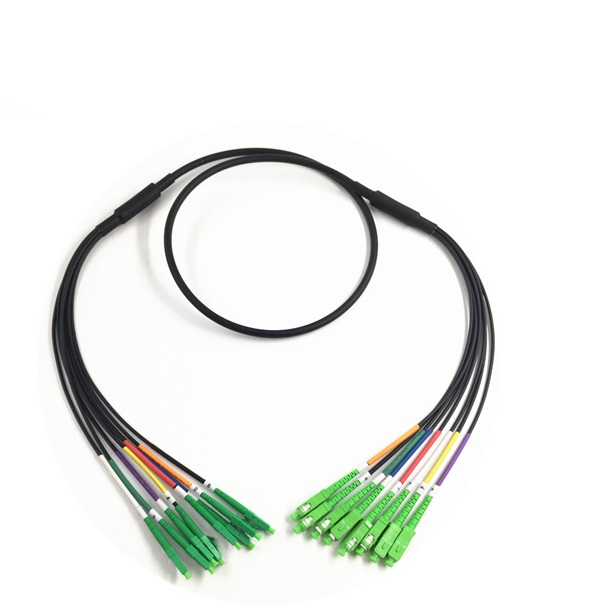
In indoor applications, when optical fiber cables need to pass through conveying pipes, high-pressure inflatable spaces, or air handling systems to transmit information, Plenum indoor optical fiber cables are required. This special-use environment puts forward stricter requirements on the flame retardancy and corrosion resistance of the optical fiber cable. Therefore, the tight buffer material and outer sheath material of the indoor optical fiber cable used are more stringent. The buffer is made of PVC material, and the outer sheath material is a flame-retardant PVC material that meets the UL certification. The use of PVC design is superior to fluoropolymers. Because PVC is soft and easy to bend, there is no trace of inventory, and it can be stored in a ring.
As one of the leading fiber cable suppliers, UnitekFiber produces optical fiber indoor/outdoor fiber optic cable bulk, optical patch panels, fiber cable assemblies, etc. At the same time, it also produces optical transceiver modules, which can provide different package types, transmission distance, and transmission rate, it also has the characteristics of stable performance and strong compatibility. If you need any support, don't hesitate to contact us sales@unitekfiber.com.

